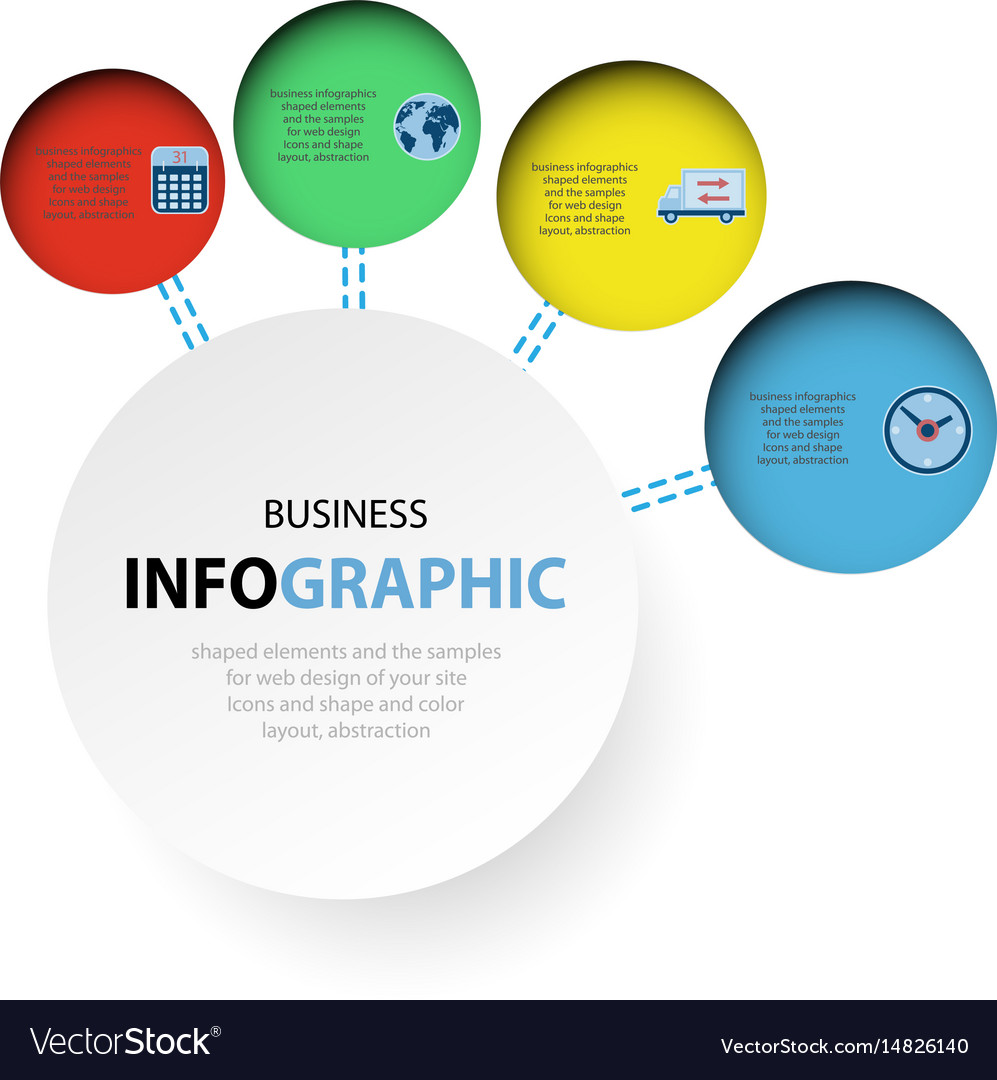The Evolution Of Site Layout: From Past To Existing
The Evolution Of Site Layout: From Past To Existing
Blog Article
website page layout -Asmussen Vinson
In the past, internet sites were simple and focused on details. Navigating was straight, and design was for desktop computers. Now, individual experience is crucial. Data overviews designs for easy navigation. Responsive designs match different gadgets. Today, dark mode minimizes pressure, and minimalist food selections boost navigation. Interactive features engage individuals, and bold visuals stand out. AI combination increases interaction. See just how layout has actually progressed to enhance your on-line journey.
Very Early Days of Web Design
In the very early days of website design, simpleness preponderated. Internet sites were fundamental, with minimal shades, typefaces, and formats. The focus got on giving info rather than showy visuals. Users accessed the net via slow-moving dial-up connections, so rate and performance were key.
Navigating what is it worth were straightforward, normally situated on top or side of the page. Sites were developed for home computer, as mobile browsing wasn't yet common. Content was king, and developers prioritized easy readability over complex layout aspects.
HTML was the key coding language used, and designers needed to work within its restrictions. Animations and interactive attributes were marginal compared to today's standards. Websites were fixed, with little dynamic web content or tailored customer experiences.
Surge of User-Focused Design
With the evolution of web site layout, a change towards user-focused layout concepts has actually ended up being progressively famous. Today, creating internet sites that prioritize individual experience is crucial for engaging visitors and achieving organization objectives. User-focused design entails comprehending the demands, choices, and habits of your target audience to tailor the web site's design, material, and includes appropriately.
Designers currently perform comprehensive research, such as customer studies and usability testing, to collect understandings and feedback straight from customers. This data-driven approach assists in creating instinctive navigating, clear calls-to-action, and visually enticing user interfaces that reverberate with visitors. By positioning the individual at the facility of the style procedure, internet sites can provide a more customized and enjoyable experience.
Receptive design has additionally become an essential facet of user-focused layout, making certain that web sites are maximized for different gadgets and screen dimensions. This adaptability enhances accessibility and functionality, satisfying the diverse methods users interact with websites today. Fundamentally, the surge of user-focused layout signifies a shift towards producing digital experiences that focus on the needs and assumptions of the end individual.
Modern Trends in Website Design
Check out the latest fads shaping website design today. One noticeable pattern is dark setting design, offering a streamlined and contemporary appearance while minimizing eye pressure in low-light environments. An additional essential pattern is minimal navigating, simplifying menus and enhancing customer experience by focusing on essential elements. Including micro-interactions, such as animated switches or scrolling effects, can create a much more engaging and interactive web site. Responsive design stays crucial, ensuring seamless user experiences across numerous devices. In addition, using bold typography and unbalanced layouts can include visual interest and accentuate particular material.
Integrating AI modern technology, like chatbots for consumer assistance or individualized referrals, improves individual engagement and improves processes. Ease of access has also come to be a considerable pattern, with developers focusing on comprehensive layout methods to satisfy diverse customer needs. Welcoming sustainability by optimizing web site efficiency for rate and performance is one more emerging fad in website design. Collaborating with customer responses and data analytics to repeat and improve style continuously is essential for remaining relevant in the ever-evolving electronic landscape. By embracing these modern-day trends, you can create an aesthetically appealing, easy to use internet site that reverberates with your audience.
Verdict
As you assess the advancement of website design from the very early days to currently, you can see just how user-focused design has come to be the driving pressure behind contemporary trends.
Welcome the journey of modification and adaptation in web design, constantly maintaining the customer experience at the leading edge.
Stay present with the latest trends and technologies, and never quit evolving your approach to develop visually stunning and user-friendly websites.
Progress, adjust, and develop - the future of website design is in your hands.
